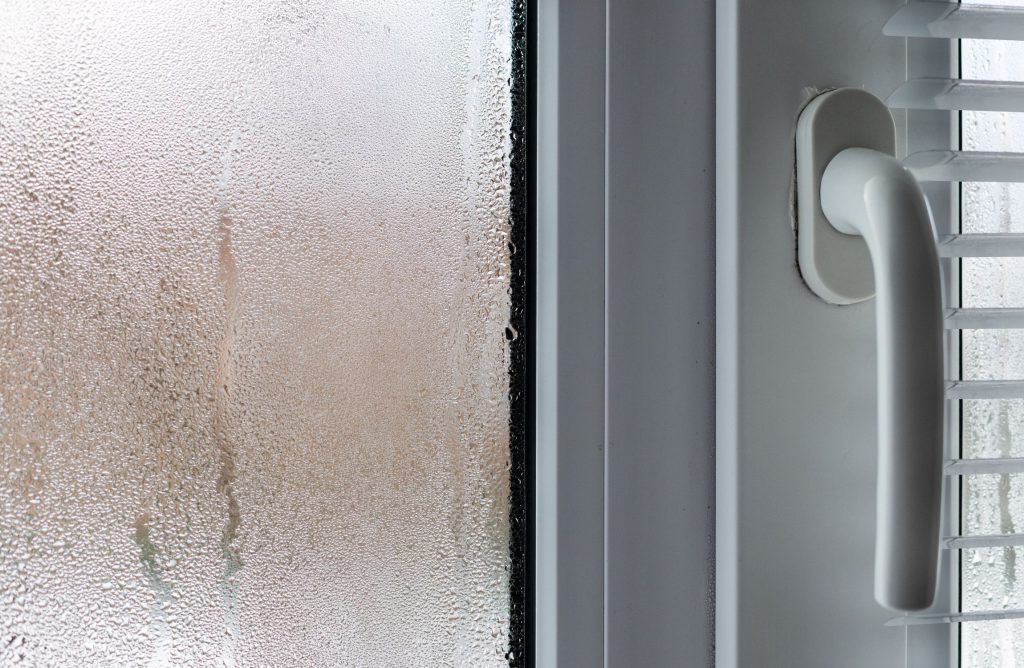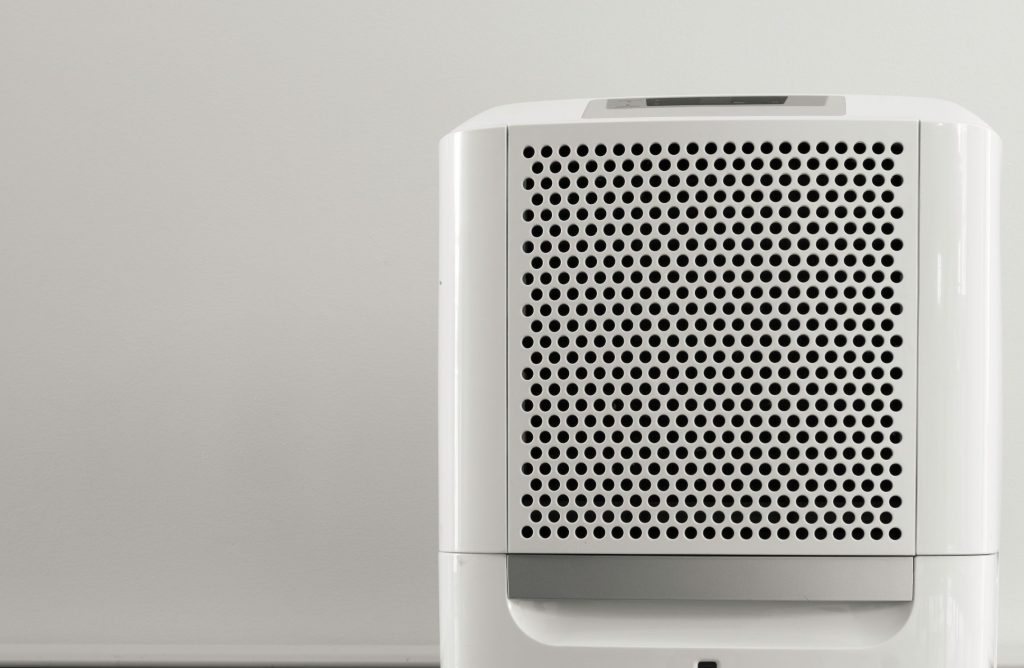Preventing condensation in your home is essential for maintaining a healthy and comfortable living environment. As moisture levels fluctuate, it’s crucial to employ practical strategies to safeguard your home against the potential of excess moisture. We will take a look into these below so that you too can keep your home condensation-free.
What Is Condensation & How Is It Caused?

Condensation within the home occurs when warm, moist air comes into contact with a cold surface, causing the air to cool and the moisture to condense into water droplets. This commonly happens on windows, mirrors, walls, and other surfaces.
While condensation is a natural phenomenon, excessive or prolonged condensation in homes can lead to various issues that may affect health. The process is caused by various factors such as temperature differences, high humidity, poor ventilation, and cold surfaces.
If temperature is the main issue within your home in places such as the bathroom, then check out our Guide To Choosing A Bathroom Heater.
Methods To Consider To Tackle Condensation
There are various ways to minimize and prevent condensation within your home, to effectively do so, it is advisable to implement various measures within your living space. Here are some examples:
1. Improve Ventilation
One great way is to effectively use exhaust fans in your bathrooms and kitchens helps to remove moisture at the source. Another easy and practical way is to ensure fresh air circulates through your home by opening the windows.
2. Use Dehumidifiers
Another great alternative, if investing is a possible option for you, we highly recommend a good quality dehumidifier that can provide continuous airflow in your home. Though this may seem a large investment for larger, better quality units, it definitely has positive effects long term.
3. Control Indoor Temperature
Controlling and maintaining a consistent indoor temperature can help minimize the potential of cold surfaces to which moisture attracts. Adding extra layers of insulation can also provide another level of maintaining a reasonable indoor temperature such as thermal curtains or blinds.
Investing in a Dehumidifier

We believe that the best way to minimize or prevent condensation is with a dehumidifier. Now, we understand this may not be an option for everyone, but if you are considering this, then check out our dehumidifiers available online on our website.
However, choosing the right dehumidifier for your own needs involves several factors to ensure that it effectively addresses the specific conditions within your home. There are so many available today, so how do you know which one to buy? Consider the following factors:
- Capacity and Size
- Humidity Control
- Portability and Mobility
- Automatic Shut-Off and Restart
- Drainage Options
- Filter Type and Maintainance
- Energy Efficiency
- Noise Levels
- Temperature Range

This dehumidifier is able to extract up to 10 litres* of moisture from the air per day. Therefore it’s the best way to prevent the build-up of mold, moisture and mildew in your home. A relative humidity of 50-70% is recommended for daily living.
This dehumidifier on Boxed2Me is the perfect option, and here is why. It has a 10L per day dehumidification capacity, therefore suggesting that it is suitable for moderate-sized rooms, however, do take into consideration the size of the room you intend to use this in. In addition, to its size, it also comes with integrated castor wheels and a handle, allowing you to easily move around if need be. Essential if you are considering using this in different rooms or areas within your home. We highly recommend investing in this unit as it also has an air filter to extract flying dust from the air and has an automatic switch-off feature.
Quality and Brand Reputation
When investing in any dehumidifier, consider the quality and brand reputation. Take into account the brand reputation as this plays an important role in determining the device’s effectiveness, reliability, and longevity. We highly recommend that you do some research to find what is best for your home’s environmental conditions and needs, though a great indicator of a unit’s performance would be to take a look into reviews and customer ratings. This can give you some insight into other people’s experiences with the items.
Conclusion
In conclusion, it is very important to minimize and prevent condensation as much as possible to ensure a healthy indoor environment. This helps to prevent issues of mould growth and respiratory problems for everyone within the home. By combining various preventive methods consistently, you can effectively minimize condensation and create a much healthier living environment for everyone for a home that you’ll love that meets your needs and expectations.




